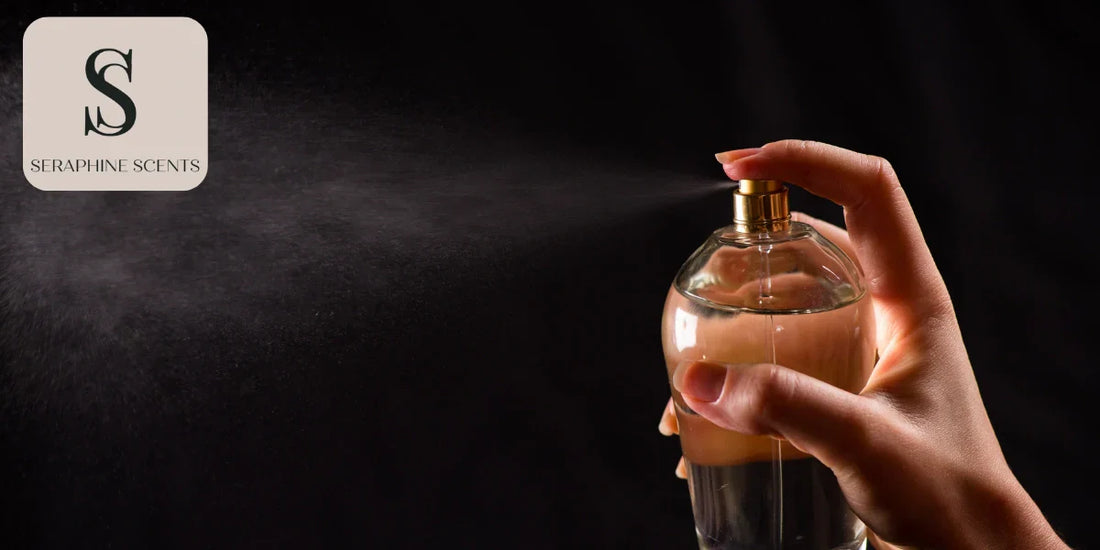
Behind the Scent: How Fragrance Houses Craft Signature Aromas
What makes a perfume instantly recognizable—even unforgettable? The answer lies in the secretive world of fragrance houses, where master perfumers blend art, science, and emotion to craft signature scents. These are the perfumes that define fashion eras, ignite memories, and build brand legacies.
In this blog, we take you behind the scent—revealing how fragrance houses create iconic aromas that capture hearts around the world. From creative direction to scent formulation, you’ll discover the incredible journey each perfume takes before reaching your vanity.
What Is a Fragrance House?
A fragrance house is a specialized company that creates perfumes for brands, designers, and even celebrities. Some houses are independent, while others are subsidiaries of large luxury corporations. They employ highly trained “noses” (perfumers), chemists, evaluators, and marketers who work together to develop unforgettable olfactory experiences.
These houses are responsible for crafting some of the most iconic scents in history—often working behind the scenes while the perfume is marketed under a fashion label or designer brand.
Step 1: The Creative Brief
It all begins with a vision. A brand or client provides a creative brief—a document outlining what they want the fragrance to represent. This can include:
- The mood or story behind the scent
- The target audience (age, gender, lifestyle)
- Season or occasion (daytime, night, summer, evening wear)
- Key ingredients or inspiration (rose, oud, ocean breeze, etc.)
- Packaging ideas and bottle design
For example, a brief might describe “a confident scent for urban professionals—clean, crisp, and musky with a woody base.” From there, the perfumers begin crafting a formula that matches the essence of that story.
Step 2: The Perfumer’s Palette
Master perfumers work with a “scent palette” of thousands of raw materials—natural and synthetic. These include floral extracts, spices, resins, aldehydes, musks, fruits, woods, and more. Selecting the right ingredients is critical, as every note affects the performance and harmony of the fragrance.
The perfumer then builds the composition using a pyramid structure:
- Top Notes: Fresh, fleeting scents like citrus, herbs, and light florals
- Heart Notes: The core identity—florals, spices, fruits
- Base Notes: The lasting foundation—woods, musks, vanilla, resins
This structure ensures the fragrance evolves beautifully over time—from first spray to drydown.
Step 3: Testing and Evaluation
Once a draft formula is created, the scent goes through extensive evaluation. Professional evaluators test the perfume on blotter strips and skin, assess longevity, sillage, and overall harmony, and provide feedback for refinements.
Several versions—known as “mods” (modifications)—may be created, adjusted, and re-tested until the final version is approved by both the fragrance house and the client.
Step 4: Maceration and Stabilization
Once the final formula is approved, the concentrate is blended with alcohol and left to macerate. This step allows the components to fuse, mature, and stabilize. The mixture is then filtered and tested again to ensure clarity and balance.
Fragrance houses also ensure that the final product is IFRA-compliant (International Fragrance Association), meaning it's safe for use and free from banned substances.
Step 5: Bottling and Brand Identity
While the perfume itself is complete, the brand now focuses on packaging and storytelling. A signature scent is only as strong as its emotional resonance. The bottle design, name, tagline, and campaign all work together to evoke the intended experience.
Think of minimalist glass flacons for clean scents, ornate gold caps for opulent orientals, or soft pastels for romantic florals.
At Seraphine Scents, we curate perfumes that reflect this artistry—from emerging olfactory artists to world-renowned fragrance houses. Explore our bestsellers and full collection to experience the results of this meticulous process.
Signature Scents and Brand Identity
A well-crafted signature scent becomes part of a brand’s identity. Just as a logo represents a visual brand, a fragrance represents the emotional and sensory side of the experience. Many luxury brands are recognized not just by sight—but by scent.
This is why the creation process is so important. A signature scent can define a brand’s legacy for decades.
Why It Matters to Consumers
Understanding how perfumes are made helps you choose fragrances with intention. You’ll recognize the craftsmanship, understand the structure, and make better choices based on your skin chemistry, preferences, and lifestyle.
It also explains why quality perfumes are worth the investment. They’re not just scented alcohol—they’re engineered masterpieces, often involving years of development.
Choosing Your Signature Scent
Inspired to find your own signature fragrance? Start by exploring options that reflect your personality, values, and mood. Whether you're drawn to fresh florals, woody spices, or bold musks, our affordable finds under $50 and customer favorites can guide your search.
Conclusion: Behind Every Scent Is a Story
The next time you wear perfume, remember—you're not just wearing a fragrance. You’re wearing the result of creativity, chemistry, storytelling, and craftsmanship. A true signature scent is a sensory experience built with intention.
Love fragrance as much as we do? Share this blog with fellow perfume lovers and take them behind the scent too.

